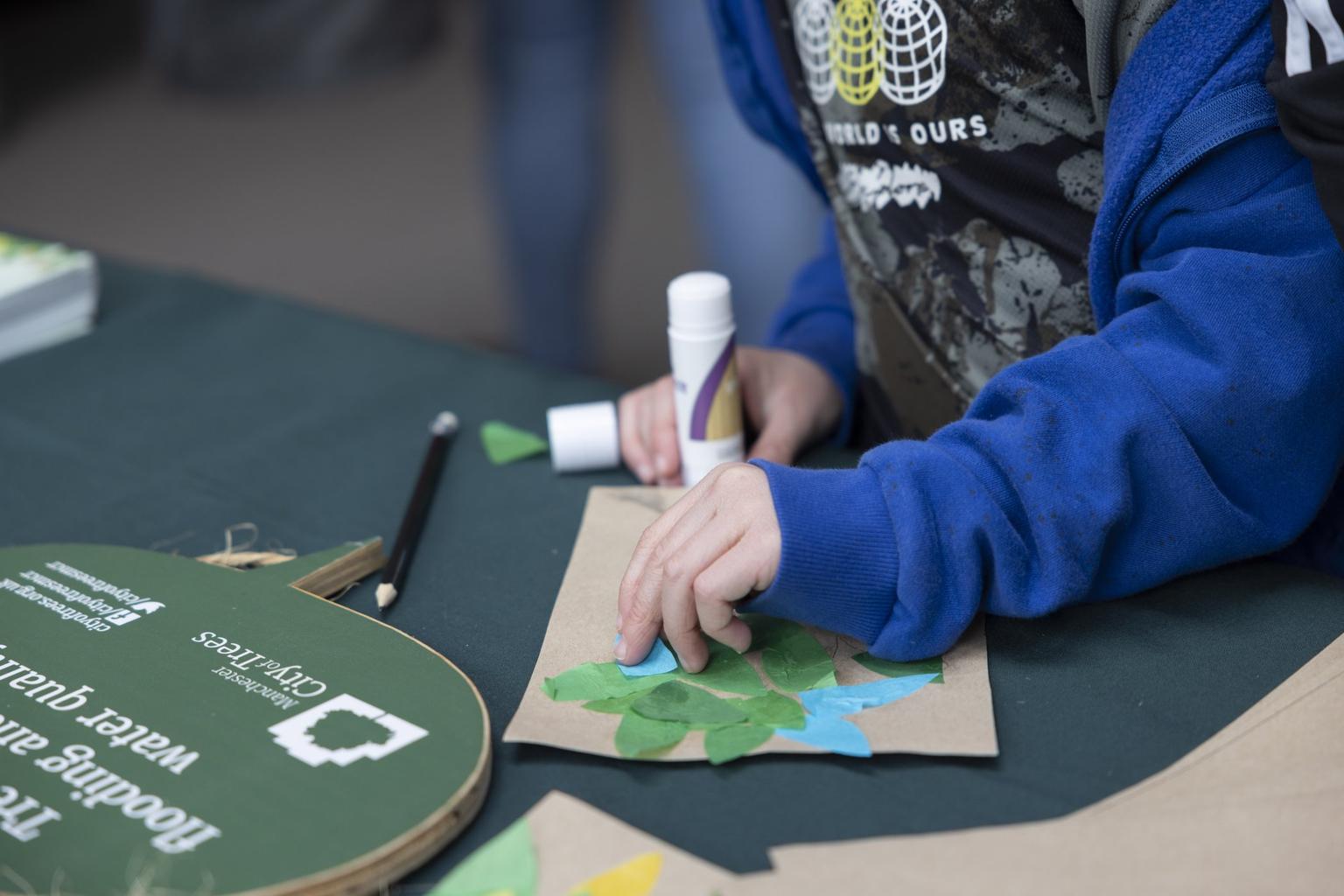Guide for teachers: How museums can support students with SEND

Museums and galleries can help students with SEND to access the curriculum. We've brought together some resources and activities from museums across the UK that could support you in your teaching.
Museums and galleries provide an inspiring and engaging way to support students with special educational needs and disabilities (SEND) to access a mainstream curriculum and demonstrate their knowledge and skills.
The number of students in schools with SEND is growing. The most recent data shows the number of requests for education, health and care (EHC) plans was 23% higher in 2022 than the previous year. Issues of absence and poor mental health are severe – one in five children aged eight to 16 in 2023 had a probable mental disorder compared to one in nine seven-to-16-year-olds in 2017. Teachers increasingly report that a key concern for them is supporting students with SEND.
Working with museum and gallery specialist learning staff to arrange tailored visits for your class’s needs, or booking one of the many SEND museum learning sessions available, offers opportunities to learn in different ways and environments.
How museums can support students with SEND
Object-based learning
Museum and gallery learning is object-based learning. Object-based learning is accessible for students with SEND, as it allows students at any level to take part in learning.
One object can tell many stories and provide a range of different learning journeys. There is no one right answer. You do not need prior knowledge to observe or talk about an object.
Teachers can set different tasks linked to the same object. For example: measure this object; imagine a journey this object went on; write instructions on how to use this object. Questions such as ‘who used this?’, ‘what is it made from?’ and ‘where was it made?’ can be asked and answered at different levels.
Improved knowledge retention
Museum spaces and objects provide sensory input, allowing students of all levels to take part in learning activities. Object-based learning has been found to improve knowledge retention and help build meaning and understanding. (See also: Does Touching Real Objects Affect Learning?)
Creative tasks and activities in museum spaces allow students to demonstrate their knowledge in different ways. For example, students without the vocabulary to express their understanding of how an animal moves may mimic its movement.
Embodied learning in stimulating environments
Museums can provide richly stimulating environments for embodied learning as well as quiet, contemplative spaces. Combined with the wide range of curriculum subjects that can be covered in museums, this makes them ideal learning spaces for students who find the classroom environment challenging.
SEND in museums: Resources and specific support
Object-based learning: Useful resources
You can see some examples of how you can use object-based learning in these resources:
Learning from Objects: Tips and Tools for Teachers, from Colchester and Ipswich Museums
Learning from Objects – some ideas to inspire, wow and wonder, from GEM (Group for Education in Museums) and the Welsh Government
The Fitzwilliam Museum in Cambridge offers a SEND school session specifically about Looking Closely.
How to access support
Museums and galleries employ staff and freelancers who are often PGCE-trained teachers to deliver workshops and activities for school groups. These professionals will adapt sessions based on the needs of the group you are working with.
Contact the learning team at the museum you’re interested in visiting to discuss your group’s needs and what adaptions to existing sessions can be made. Some museums can also create a new session based on your requirements.
Look on museum websites for information about the adaptions they can make for all types of schools (look out for webpages on Schools, Education or Learning). Manchester Museum creates all their learning programmes with SEND in mind. Amgueddfa Cymru/National Museum Wales will adapt each learning workshop based on your group’s needs, and they offer visual stories and symbol resources for students with additional needs.
Activities for SEND schools
Look on museum websites for information about what specific sessions they offer for SEND schools.
Some examples are:
National Galleries Scotland offers sensory-friendly sessions and has detailed information about the different adaptions they can offer
Manchester Museum offers full-day self-led visits with focuses on ancient Eygpt and natural history
Norwich Castle Museum and Art Gallery offers history sessions for SEND schools
Royal Museums Greenwich have SEND sessions at the National Maritime Museum, Cutty Sark, the Prince Philip Maritime Collection Centre and the Royal Observatory
The Museum of English Rural Life in Reading have created films and written resources to support PMLD and Complex Needs teachers in facilitating access for their students to the outdoors: Everybody Outdoors
The Lightbox in Woking has specific resources to support visits from neurodiverse visitors, a visual story and information about physical access, and will make adaptions to all their learning sessions to support students with additional needs. They also created a sensory bag as part of their participation in The Wild Escape.
Milestones Living History Museum in Basingstoke has self-led resources for SEND schools